Are you ready to dive into a world of empowerment, camaraderie, and exhilarating challenges? Look no further than our Women's only Triathlon Training group! Whether you're a seasoned athlete or just dipping your toe into the world of triathlons, our group offers a supportive environment where women of all backgrounds and fitness levels come together to train, grow, and have a blast.
A Sense of Community
One of the most rewarding aspects of our training group is the sense of community that flourishes among our members. From the moment you join, you'll be welcomed with open arms by a group of like-minded women who share your passion for fitness and adventure. Together, we celebrate each other's successes, lift each other up during challenges, and form friendships that extend far beyond the training sessions.
Empowerment Through Sport
Participating in a triathlon is about more than just crossing the finish line—it's about pushing your limits, conquering your fears, and realizing your full potential. In our Women's Only Training Group, we believe in the power of sport to empower women both physically and mentally. Whether you're tackling a challenging hill on the bike or digging deep during the final miles of a run, you'll discover a newfound sense of strength and resilience that will carry over into every aspect of your life.
Fun and Laughter
Who says training has to be all work and no play? In our group, we know how to have fun! Whether we're swapping race stories over post-workout smoothies, organizing group outings to explore new biking routes, or donning matching costumes for race day, there's never a dull moment when you're training with us. The laughter and camaraderie shared among our members make every workout feel like a celebration of the amazing things our bodies can accomplish.
Breaking Barriers
As a women's only training group, we provide a safe and supportive space for women to break free from stereotypes, challenge societal norms, and redefine what it means to be an athlete. Whether you're a working mom juggling training sessions with family commitments or a retiree discovering a newfound passion for fitness, our group celebrates the unique journey of each and every member, proving that age, background, and experience are no barriers to achieving greatness.
Inspiring Role Models
In our training group, you'll find no shortage of inspiring role models to look up to. From seasoned triathletes who have conquered multiple IRONMAN races to beginners who are taking their first tentative steps into the world of endurance sports, our members come from all walks of life and bring a wealth of knowledge, experience, and wisdom to the table. Together, we lift each other up, support each other's goals, and inspire one another to reach new heights of greatness.
Joining our Women's Only Triathlon Training Group isn't just about becoming a better athlete—it's about joining a sisterhood of strong, empowered women who are ready to take on the world, one swim, bike, and run at a time. So, lace up your sneakers, pump up your tires, and get ready to embark on the adventure of a lifetime. We can't wait to welcome you into our community! Get registered today!
This blog was written by Tim Howard, NIFS Operations Manager and co-trainer for the NIFS Women's Only Tri-Training Program.

.jpg?width=561&height=292&name=Go%20Girl%202023(3).jpg)
(1).jpg?width=456&height=261&name=2024%20Tri%20Training_FB(1)(1).jpg)
.jpg?width=493&height=288&name=GettyImages-1158207879(1).jpg) Fitness center amenities, such as a Sauna or Steam room are amongst the most popular for members of all ages. Members seek these amenities for potential benefits for physical and mental well-being. In this blog, you will learn some potential benefits of using these amenities.
Fitness center amenities, such as a Sauna or Steam room are amongst the most popular for members of all ages. Members seek these amenities for potential benefits for physical and mental well-being. In this blog, you will learn some potential benefits of using these amenities.
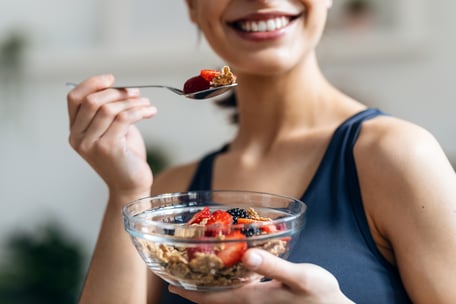 For athletes and gym enthusiasts, performance and recovery are top priorities. While protein often takes center stage in their nutrition plans, there's an unsung hero that deserves more spotlight: dietary fiber. This essential nutrient, found in fruits, vegetables, whole grains, and legumes, plays a crucial role in maintaining not just overall health, but also enhancing athletic performance and recovery.
For athletes and gym enthusiasts, performance and recovery are top priorities. While protein often takes center stage in their nutrition plans, there's an unsung hero that deserves more spotlight: dietary fiber. This essential nutrient, found in fruits, vegetables, whole grains, and legumes, plays a crucial role in maintaining not just overall health, but also enhancing athletic performance and recovery.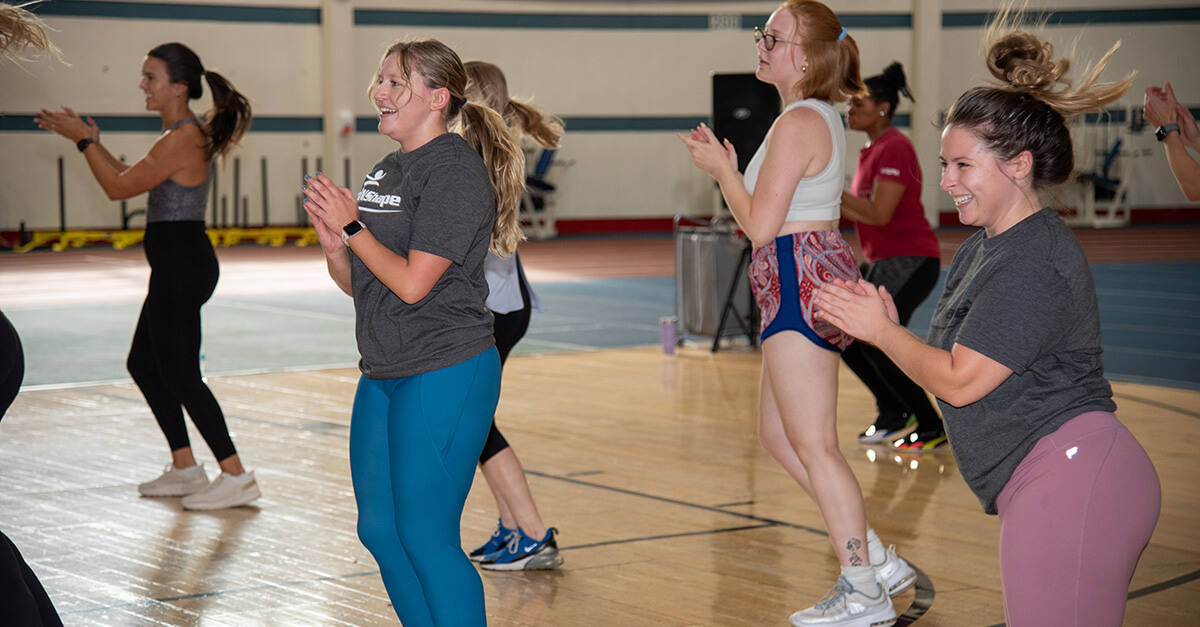
.jpg?width=391&height=347&name=GettyImages-1261754581(2).jpg) The Cornerstone of Nutrition: Caloric Intake
The Cornerstone of Nutrition: Caloric Intake

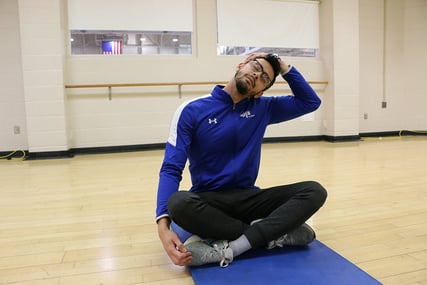


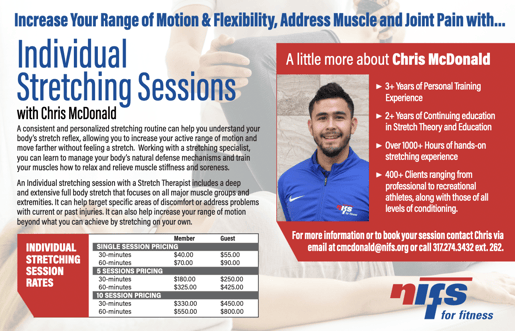



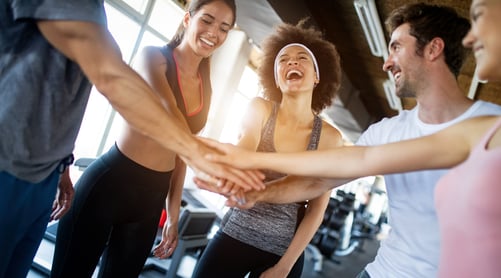
.jpg?width=480&height=309&name=GettyImages-1448979924(2).jpg) In today's fast-paced world, where new diet trends and health fads emerge almost daily, it can be challenging to discern what truly benefits our bodies. Amid this whirlwind of ever-changing advice, the key to a healthier life may not lie in exotic superfoods or rigorous diet regimens, but in the consistent practice of nutritional basics.
In today's fast-paced world, where new diet trends and health fads emerge almost daily, it can be challenging to discern what truly benefits our bodies. Amid this whirlwind of ever-changing advice, the key to a healthier life may not lie in exotic superfoods or rigorous diet regimens, but in the consistent practice of nutritional basics.

